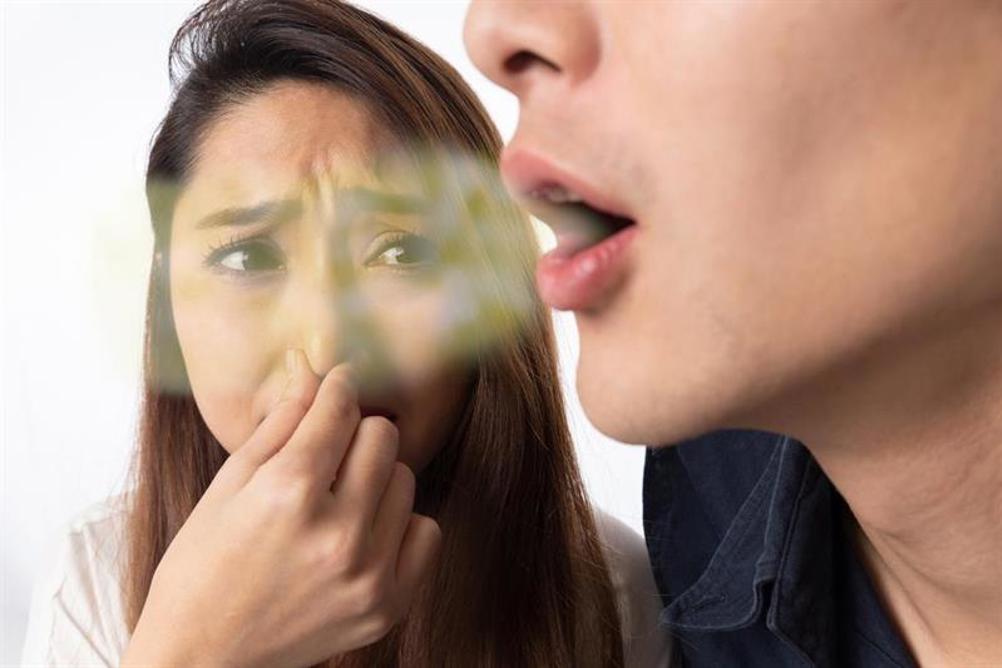
Let’s face it, bad breath is unpleasant – for those suffering and for those around them.It can cause embarrassment, social isolation and issues with self-esteem. When it comes to treating bad breath, patients may be misled by certain ‘myths’, which prevent them from taking the right steps to banishing oral malodour. What are these myths surrounding bad breath, and how can you help your patients be better informed?
1 Bad breath equals poor oral hygiene
It goes without saying that poor oral hygiene contributes to bad breath, but patients may be surprised to learn that even with good oral health and meticulous oral hygiene practises, bad breath can still occur. Eating certain foods, like garlic, onions or spicy foods, can exacerbate oral malodour, while excessive consumption of tea and coffee may also leave a distinctive smell in the mouth. Medication can contribute to the development of bad breath, as can stress. Internal issues such as gastroesophageal reflux disease (GERD) are also thought to leave unpleasant odours in the mouth, due to the backflow of food residue, bile and stomach acids in the oesophagus. Your patients may express frustration at experiencing oral malodour even though they follow a rigorous oral hygiene routine, but there are various explanations as to why they’re experiencing it despite their best efforts to keep their oral cavity clean and healthy.
Register now to continue reading
Thank you for visiting Dental Nursing and reading some of our resources. To read more, please register today. You’ll enjoy the following great benefits:
What's included
-
Up to 2 free articles per month
-
New content available
Already have an account? Sign in here
